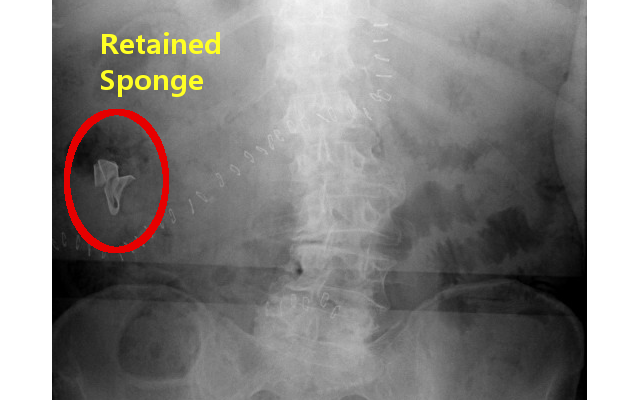Today’s business environment… fast paced change, disruptive technologies, new business models, an emphasis on metrics, measures and analytics… is quickly coalescing into the new normal. This accelerated way of operating will impact all businesses moving forward. Tools, methods, and processes that belonged to small niche markets will become de facto standards. Organizations and businesses looking to outpace the competition, or at a minimum survive the tumult, are embracing concepts that drive and manage change.
Risk management must change to meet these new needs. Our understanding of risk and how it works within our companies is based on decades of old school business practices. It needs to grab a hold of new concepts to meet this sea change. High Reliability Organizing (HRO) is one of those emerging concepts.
Once the bastion of a small niche of highly specific users, i.e. aircraft carriers or nuclear plants, HRO is already becoming S.O.P. for the larger players in advanced manufacturing industries such as Aerospace and Defense. The latest version of AS9100 (an aerospace quality certification) adds a full section on risk management which is directly addressed by HRO principles. Within a relatively short horizon (my guess is 5 years), many other industries will be looking at AS9100 and other quality management systems as standard requirements for their supply chain, regardless of supplier size.
A key benefit of HRO is that it improves operational execution beyond supply chain requirements. The five key elements of the HRO framework drive an organization to be more efficient and more effective in all functional areas, not just quality. These elements utilize tools, methods, and processes that are already in use in many organizations. When fully engaged, these elements turn a team into a High Performance Organization (HPO) and act as a critical source of market differentiation.
Here’s the truth about HRO that business leaders need to come to terms with – High Reliability is a leadership commitment to change. Unlike the typical program of the month idea, it is an ongoing effort, not a project to be handed off to the Quality team (or any other individual department). It is not a one and done program that sees pieces and parts implemented and then it is called good and closed down. In fact, the worst outcome you face is the organization feeling this as just another scheme hatched in the carpeted areas of the building and left for others to make sense of.
Avoiding this requires leadership buy in, visible participation by those at the top, and routine, transparent, public recognition of successes, misses, and efforts by all involved, especially further down the hierarchy. If you’re industry, or primary customers, are focusing on OTD, Quality scores, and reduced prices, your leadership team needs to start looking at HRO soon. Because time is not on your side.
To get started with HRO, check out my podcast WEAK SIGNALS: Strengthening High Performance outcomes by building a High Reliability Organization. The first few episodes are an introduction to High Reliability Organizing.




